"I Think About It All The Time": This Ambulatory Wheelchair User Is Going Viral For Revealing How They Often Have To Consider "Faking Being Abled" To Avoid Being Harassed, And People Need To Do Better
Even though the CDC reports that 61 million adults in the US live with a disability, a lot of people don't fully understand what most disabled people experience on a daily basis.
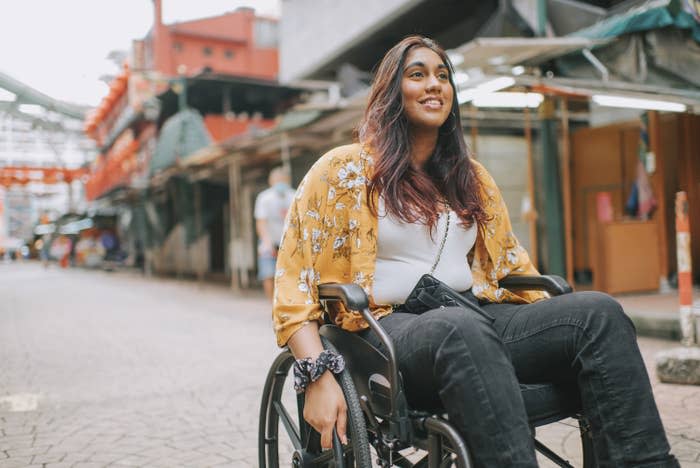
And because of this lack of awareness, disabled people are sometimes harassed or discriminated against by some nondisabled people who may assume the worst of them if they see them doing something that doesn't fall into the "stereotype" of being disabled.
For instance, Annie Segarra, who is an ambulatory wheelchair user (i.e. a person who has a limited ability to walk) with Ehlers-Danlos syndrome (EDS) and postural orthostatic tachycardia syndrome (POTS), recently revealed on Instagram that because of harassment, they often have to contemplate if they should "fake being abled" when they go out so they're not targeted by others who don't understand their disabilities.
In the video, Annie explained that a lot of people don't know that ambulatory wheelchair users (AWUs) exist. "Whenever I get up from my wheelchair in public, people tend to be shocked or angry and accuse me of faking my disability," she said. "But what most people don't know is that I actually struggled with the decision whether I should fake being abled."
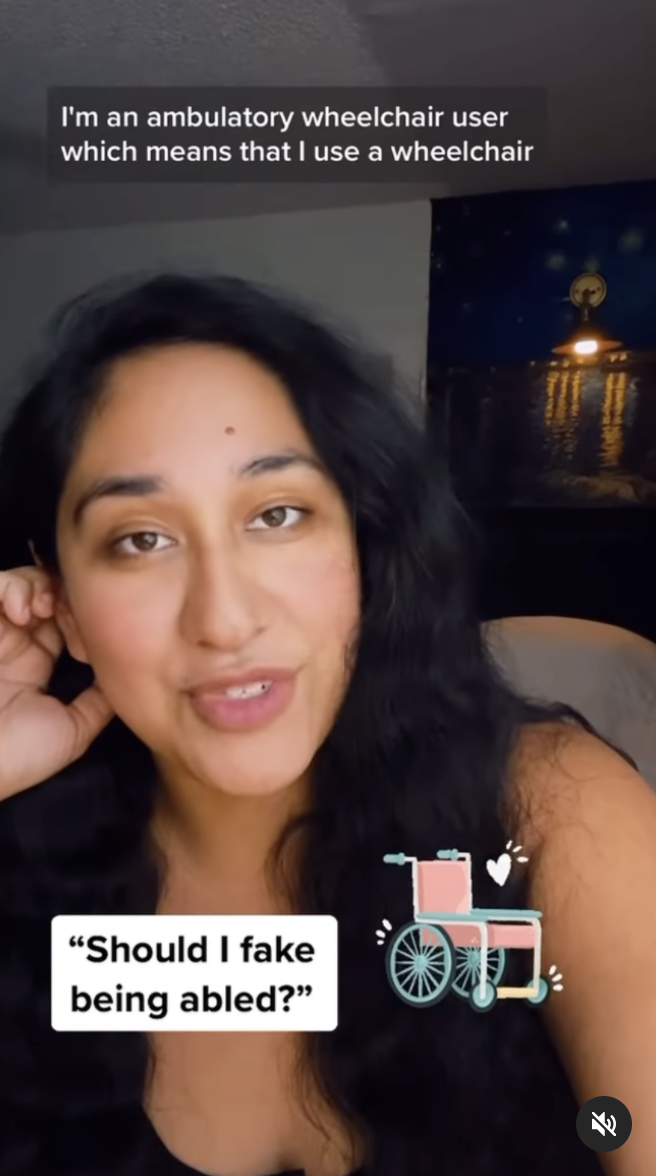
"One example of when this happens is when I need to pick up a takeout order," she said. "So I essentially have three options: I can use my wheelchair to get inside and pick up my order, but I will have to reveal myself as an ambulatory wheelchair user because when I put my wheelchair away in the car, I will have to walk around to the driver seat and then people will see me and that puts me at risk of harassment."
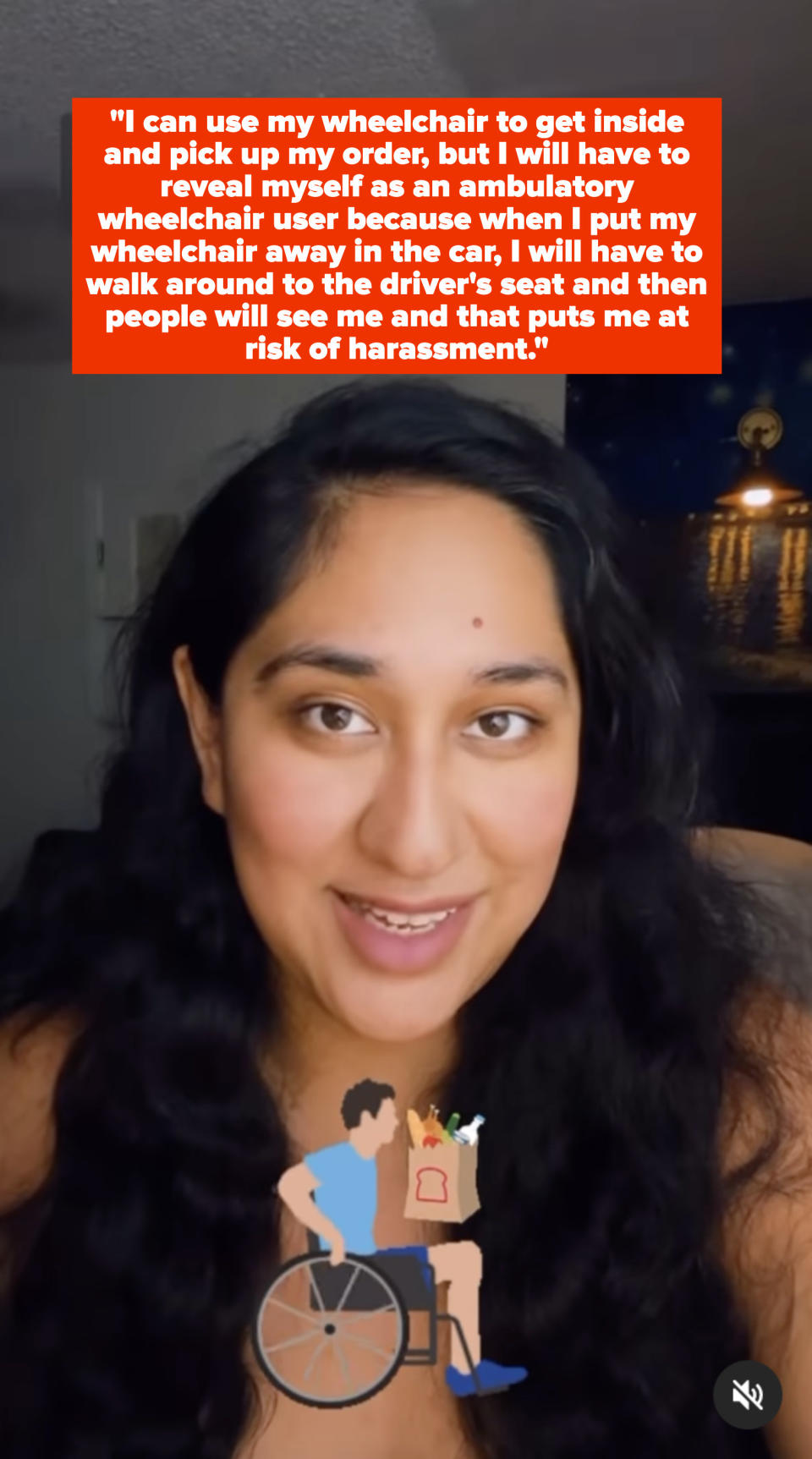
"Then option number two would be to use a cane," she continued. "But if I use a cane, then I will be occupying one hand, and I won’t have my two arms to be able to carry a big load.
And then the third option, which is my least favorite, but the one I contemplate using all the time, is faking being abled and putting all my strength into my muscles and my legs and trying to hold my body up for as long as it takes to get inside and pick up the package and bring it to my car."
Annie continued in another video by saying the third option is a scary idea but that they "think about it all the time." "And if I do [it], I will get tachycardia. I will raise my heartbeat over 100 beats per minute. And that’s painful," she said. "So no matter which one I choose, it’s going to be hard."
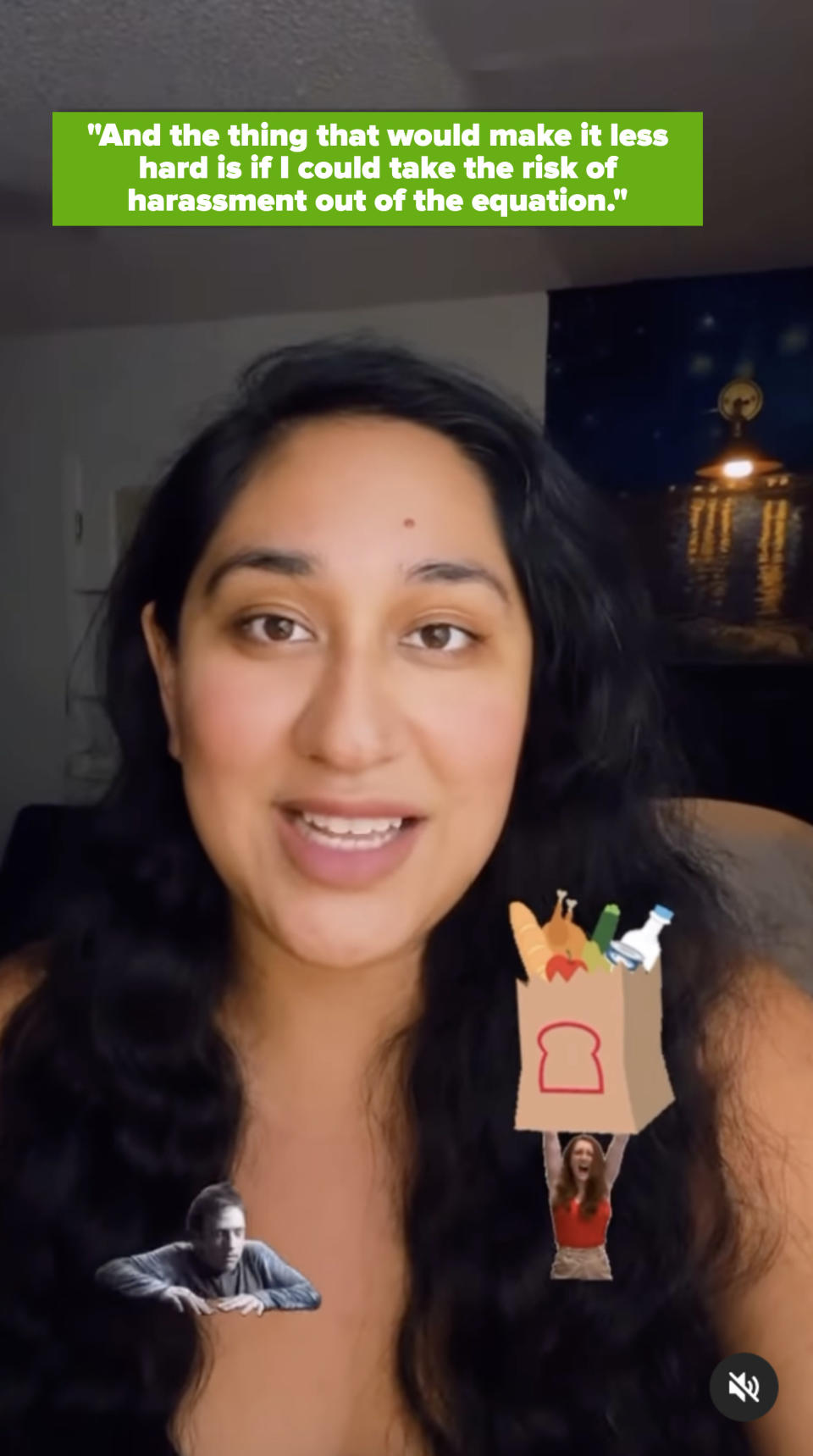
"And the thing that would make it less hard is if I could take the risk of harassment out of the equation," she said. "So, I guess this is just another video imploring people to know that ambulatory wheelchair users exist. And we’re just trying to navigate this world and the bodies that we’re in and the disabilities that we have as best we can — even if it doesn’t look like it to you."
After the two videos were posted, an Instagram user who related to what Annie had to say commented on their video: "This is extremely relatable and honestly, if it’s a quick trip, I also have to factor in the pain taking my chair in and out of the car." And Annie agreed and related with this as well.
In a third video, they replied to the user by saying, "I know for me, things like pumping gas; I just won’t use an aid. I’ll probably just lean on the car for support. And then maybe continue to pace or shift my weight from leg to leg."
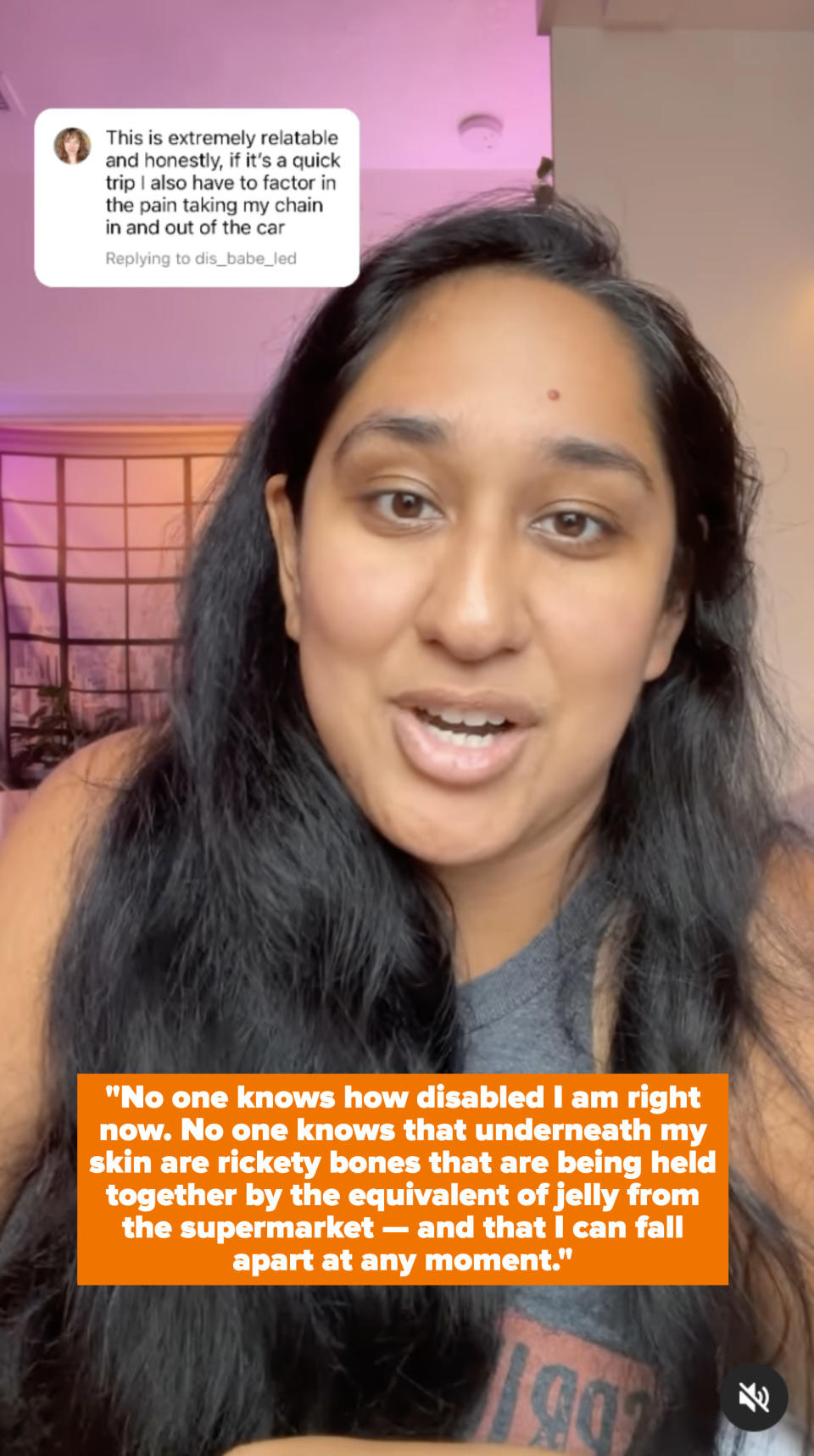
"If I’m walking inside the station to pay and there’s no line, I’ll usually use my cane. But I do remember one time that I walked into the station without my cane — I don’t know what got into me! — and I said, ‘I think I can do this,’ and I really felt [like a] super secret agent man," they said.
"Like no one knows how disabled I am right now. No one knows that underneath the skin are rickety bones that are being held together by the equivalent of jelly from the supermarket — and that I can fall apart at any moment."
"But I put myself through all those things in lieu of the process of taking my wheelchair out of the car," she said. "If I think it’s going to take a very quick amount of time, I’m going to think about which one will give more trouble for my body: taking the wheelchair in or out, or trying to fake it.”
After seeing Annie's videos on Instagram, I wanted to connect with them to learn more — so I reached out to Annie directly.
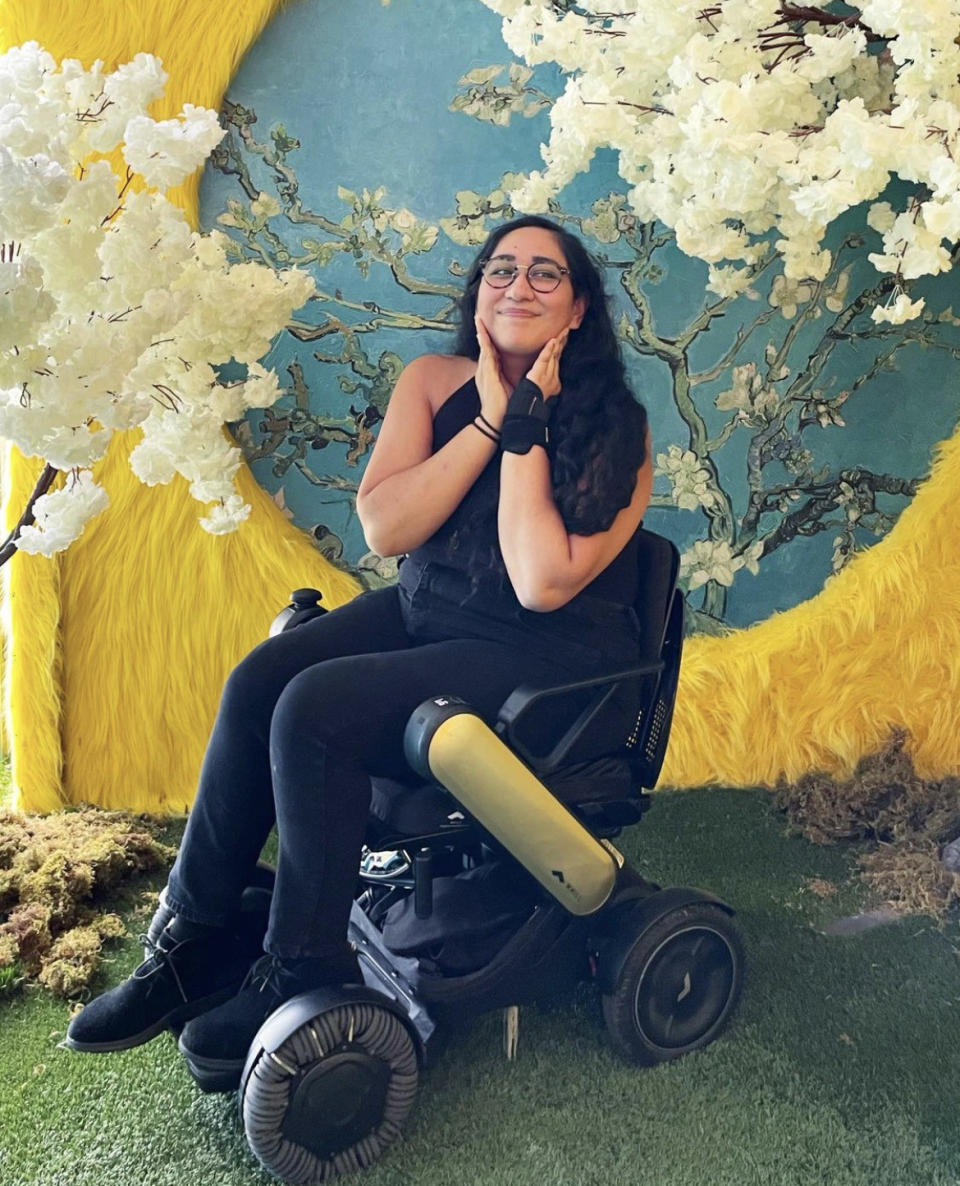
They believe the reason why these harassments happen in the first place is that ambulatory wheelchair users have been historically excluded and misrepresented in media.
"If you think of movies and television alone, there’s a huge 'faking disability' trope, more often than not in media," she said. "If you see a wheelchair user stand up from their wheelchair, it's to create this dramatic moment where they reveal that the wheelchair user has been faking their need for a wheelchair the whole time."
"In contrast, we almost never see a wheelchair user stand up from their wheelchair and it be a casual routine and an accepted part of their character."
And, unfortunately, Annie has experienced this kind of prejudiced harassment head-on from people who believe they were faking their disability. "I’ve been stared at, judged, followed, approached, and confronted," she said. "When I first started needing a wheelchair to get around, a woman saw me get out of my car, take my wheelchair out the trunk of my car, and get in it to enter a store. She [then] followed me in to tell me, 'You know, if you lost some weight, you probably wouldn’t need that chair.' I’m still in disbelief about it, like WHYY would you do that??”
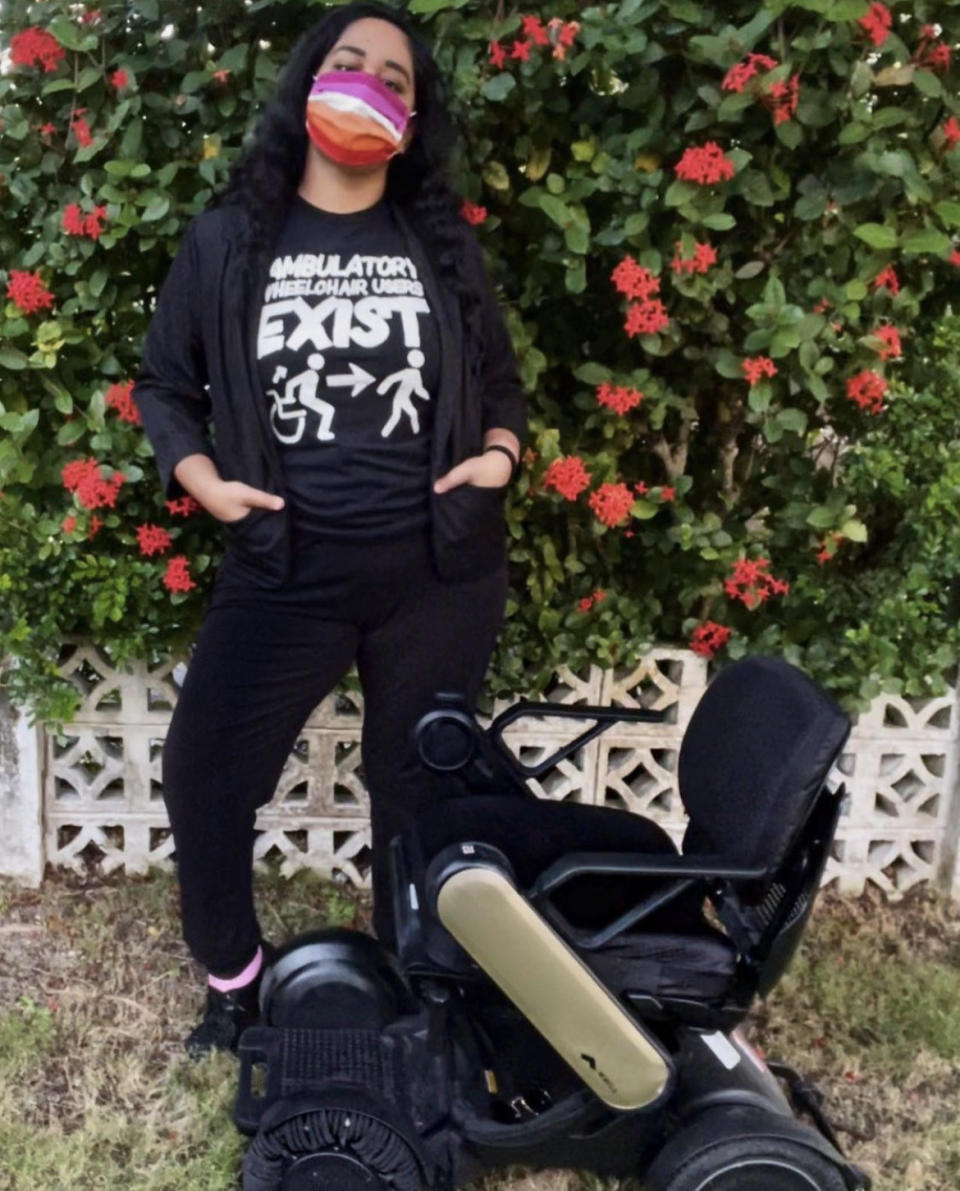
The thing is, Annie believes that it's not just one's ignorance that can be harmful to a disabled person, but also the violence that sometimes follows it.
"There’s a huge difference between having a humble response to not understanding something," she said.
"For example, 'Hmm, I didn’t know that was a thing, I should learn more about it before drawing any conclusions' versus using your misunderstanding to create a prejudice and acting in anger due to that prejudice: 'I assume anyone who doesn’t present their disability in a way I am familiar with or feel comfortable with is actually a bad person who is faking their disability for attention or to take resources from those who actually need it.'"
"This prejudice inspires a lot of violence, whether it be verbal or physical — not just the direct confrontations, but also people who will call the police or report people to disability services with accusations of faking their disability."
But even though this kind of harassment is still prevalent, Annie said they will choose safety and their physical health rather than ableist prejudice when it comes to picking one of the three options they laid out.
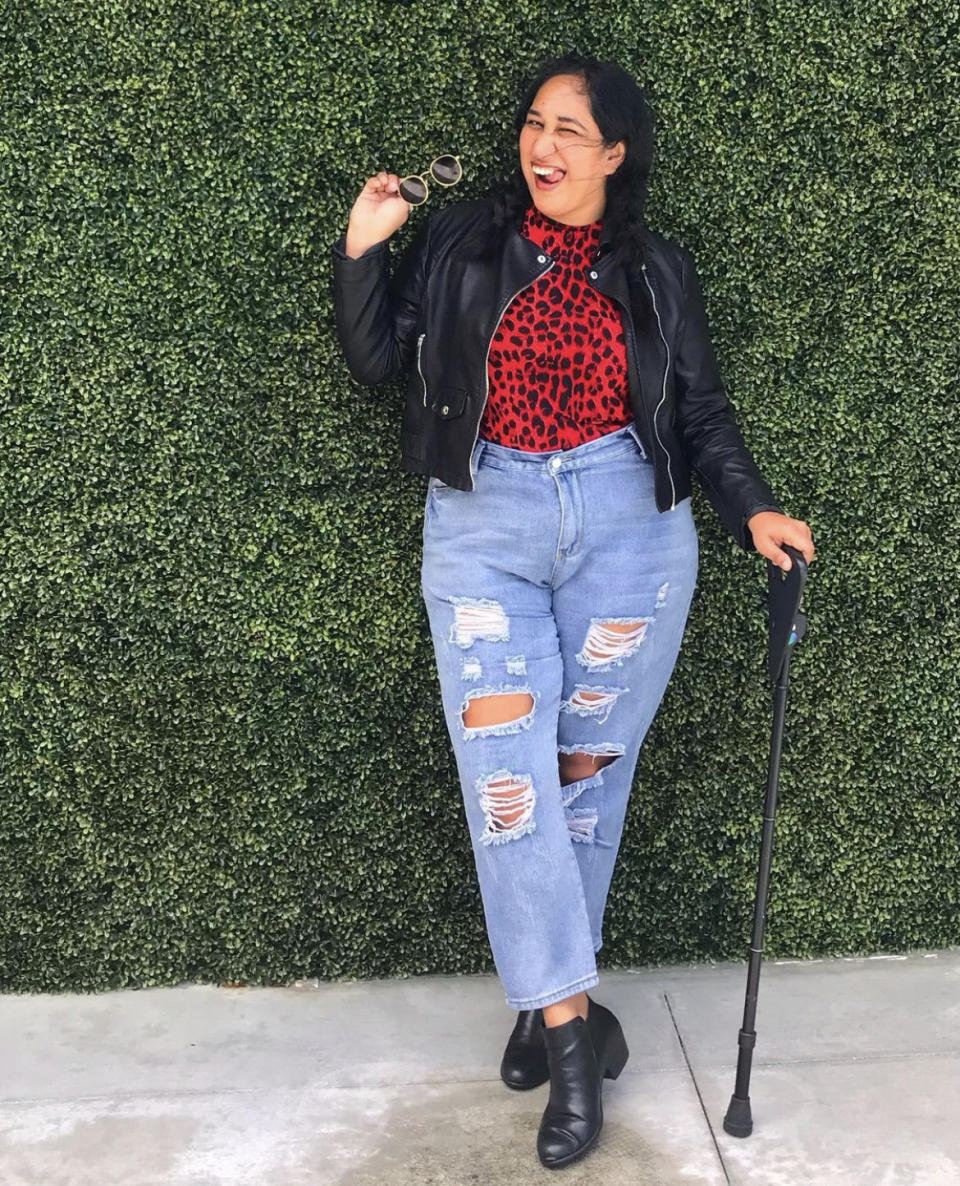
So, how can society bring more awareness to ambulatory wheelchair users? Annie wishes that more AWUs would be seen in media and for other types of physical accessibility needs to be considered in real-life places, such as concert halls, grocery stores, restaurants, etc.
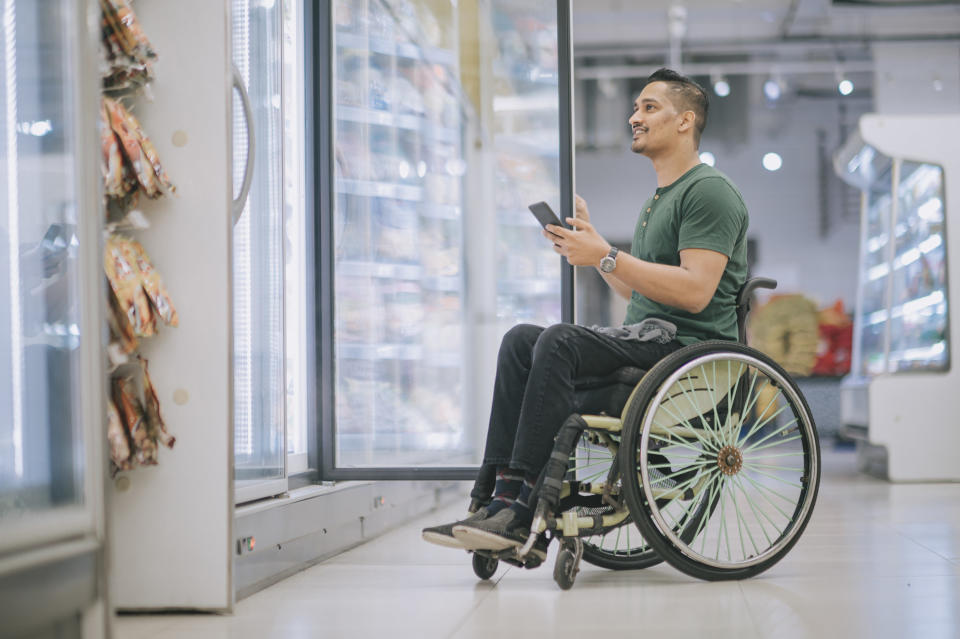
"I want people to adjust their perspectives and normalize that disability can be fluid and is incredibly diverse," she said. "AWU accessibility means informed staff. [While] this expands to more than AWUs, I’ve had friends' right to enter spaces without their wheelchair and using a different mobility aid or no mobility aid at all, and their access needs (i.e. needing to sit somewhere while waiting in line) [would be met] with: 'If you’re so sick, why would you even come out?'"
"It’s so hurtful to hear," she said. "People with disabilities/chronic illness deserve access to public spaces as much as anyone else, but there are all these prejudices that keep people excluded."
"This type of physical accessibility needs to be considered by allowing people to sit when they need to, understanding that there are a lot of people who may not be using wheelchairs that have disabilities that require them to sit — and this is going to happen a lot more with the increase of chronically ill people due to Long COVID," she said.
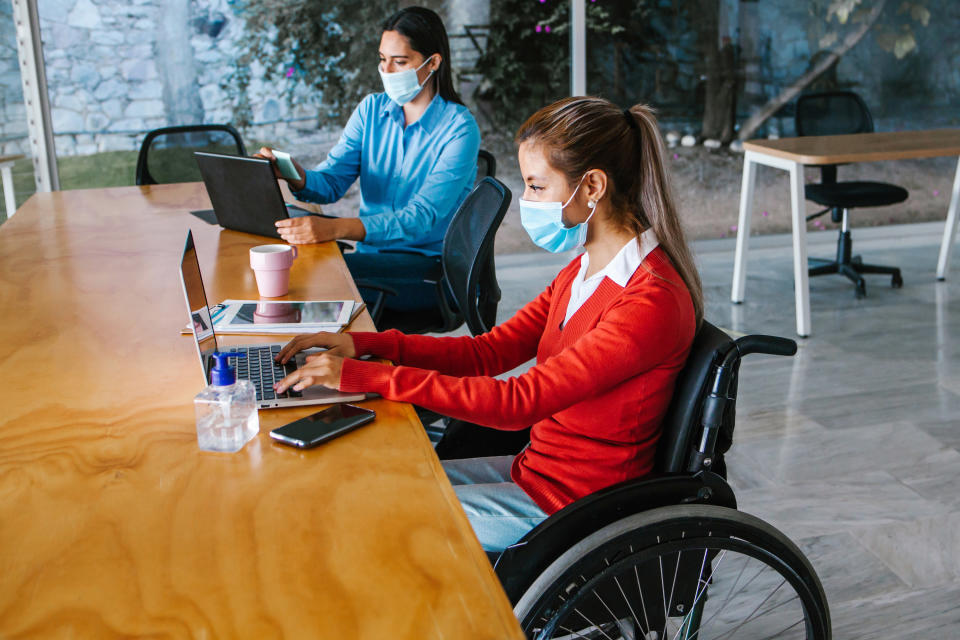
But until that awareness from society comes, Annie is doing everything she can to bring awareness to AWUs on their own by creating a hashtag called #AmbulatoryWheelchairUsersExist for people to share their photos and stories and create visibility, as well as selling “Ambulatory Wheelchair Users Exist” apparel in their Bonfire shop and more merchandise like mugs, stickers, etc. in their TeePublic store. Plus, she plans to have an annual Ambulatory Wheelchair User Day online on June 11, 2023, where people can share photos and stories in hopes of creating even more visibility by flooding the feed.
At the end of it all, Annie just wants to not see and hear disabled people fear for their lives. "My end goal is definitely for ambulatory wheelchair users to feel safe to be who they are in public to ambulate without fear and to use their wheelchairs without fear," they said.

"I’d like to see a shift happen where if they're harassed in public for 'faking,' then they would not need to fear a mob, but instead, more people would have their backs than contribute to the violence they experience."

